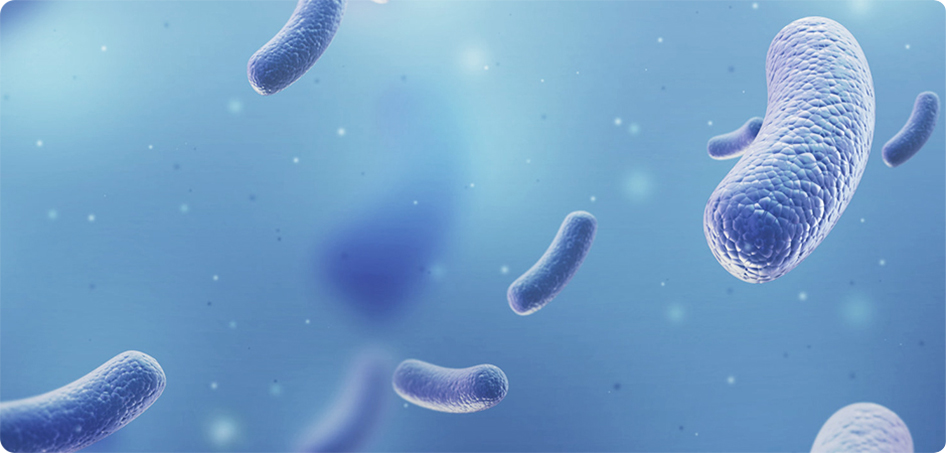Bacterial-derived exosomes are an important intercellular communication mechanism that transmits information and regulates the stability and function of microbial communities through the release of exosomes.
Characteristics of bacterial-derived exosomes
Exosomes are small vesicles released by bacteria with a diameter of about 20-200 nanometers. Bacterial-derived exosomes share some features with others, such as membrane lipid composition and protein labeling. However, bacterial-derived exosomes also have special characteristics, such as bacteria-rich proteins and DNA fragments, that enable them to transmit information between microorganisms and regulate the stability and function of microbial communities.
Function of bacterial-derived exosomes
Bacterial-derived exosomes have a variety of biological functions, mainly including information transfer, horizontal transmission at the gene level, and microbial community regulation. First, bacteria-derived exosomes can participate in the growth, adaptation, and pathogenic processes of bacteria by releasing molecules such as proteins, DNA fragments, and RNA to transmit information between bacteria and between bacteria and hosts. Secondly, bacterial-derived exosomes can also pass on antibiotic resistance genes and virulence factors through horizontal gene transfer, leading to the emergence of new pathogenic strains. In addition, bacterial-derived exosomes can also influence host health and disease occurrence by regulating the composition and function of microbial communities.
Application of bacterial-derived exosomes
Bacteria-derived exosome systems have broad application prospects in microbiology research, disease diagnosis and treatment. First, bacteria-derived exosomes can be used as important research objects for microbial communication, revealing the mechanism of microbial interactions by analyzing their composition and function. Second, bacterial-derived exosomes are rich in bacteria-specific proteins and DNA fragments that can be used as microbial-specific biomarkers for early diagnosis and monitoring of diseases. In addition, bacterial-derived exosomes can also be used as carriers to deliver antibiotics and other drugs for precise treatment and prevention of microbial infections.
Research progress on bacteria-derived exosomes
In recent years, many important advances have been made in the study of exosome systems of bacterial origin. Researchers have successfully isolated and purified exosomes of bacterial origin and have conducted in-depth studies on their composition and function. In addition, many studies on the functional regulation and application of bacterial-derived exosomes have been carried out to explore their potential mechanisms and applications in microbial community regulation and disease control. These studies provide an important theoretical and practical basis for the development of bacterial-derived exosomes as a novel microbiological research tool and therapeutic strategy.
Conclusion
The bacterial-derived exosome system plays an important regulatory role in microbial interactions and disease genesis as an important intercellular communication mechanism. It has multiple functions, including information transfer, gene-level transmission and microbial community regulation. With the in-depth study and application of bacterial-derived exosomes, it is believed that the bacterial-derived exosome system will provide new ideas and methods for microbiological research, disease diagnosis and treatment.

To learn more about“Bacterial Exosomes”Please contact us further for information